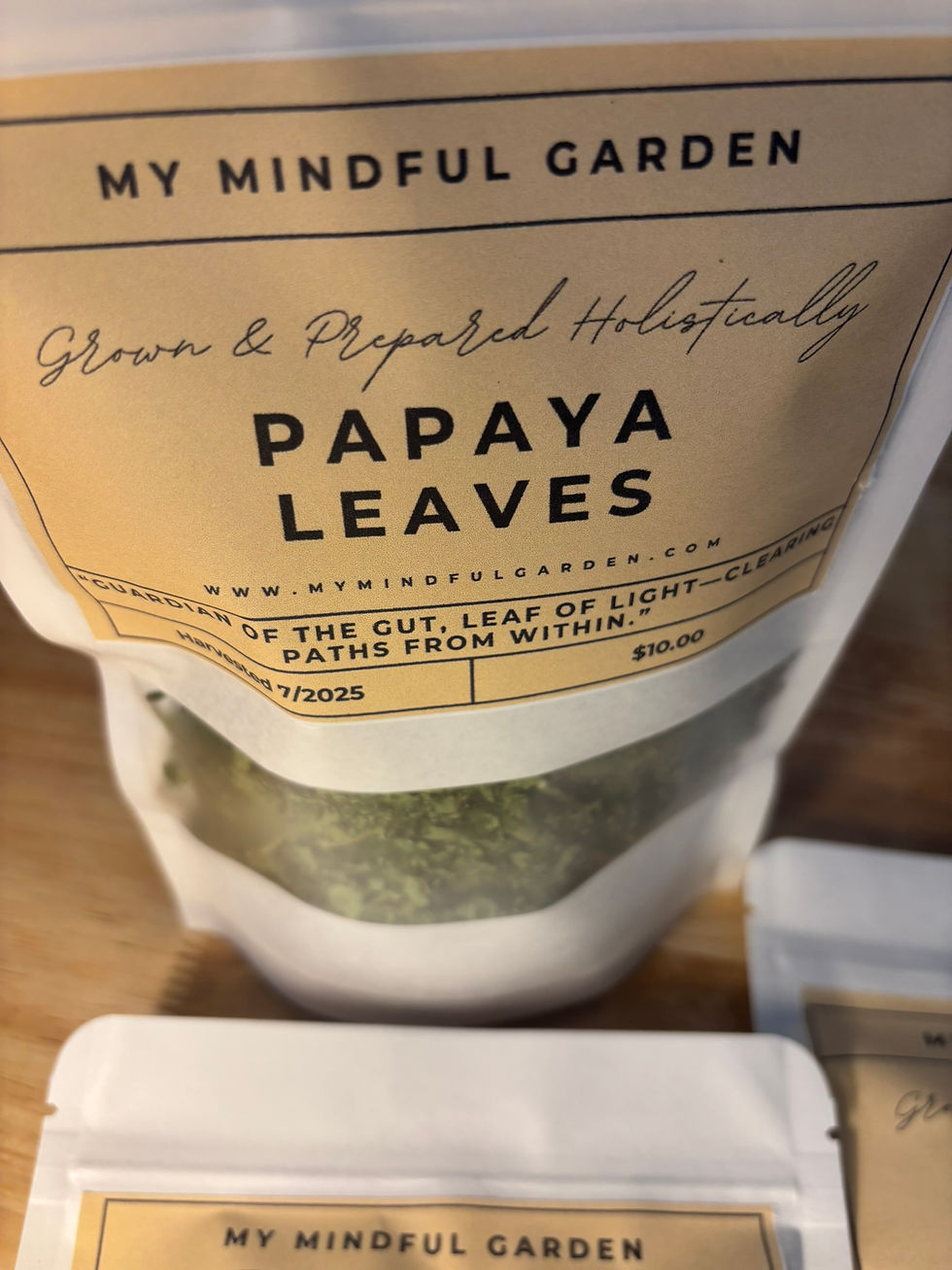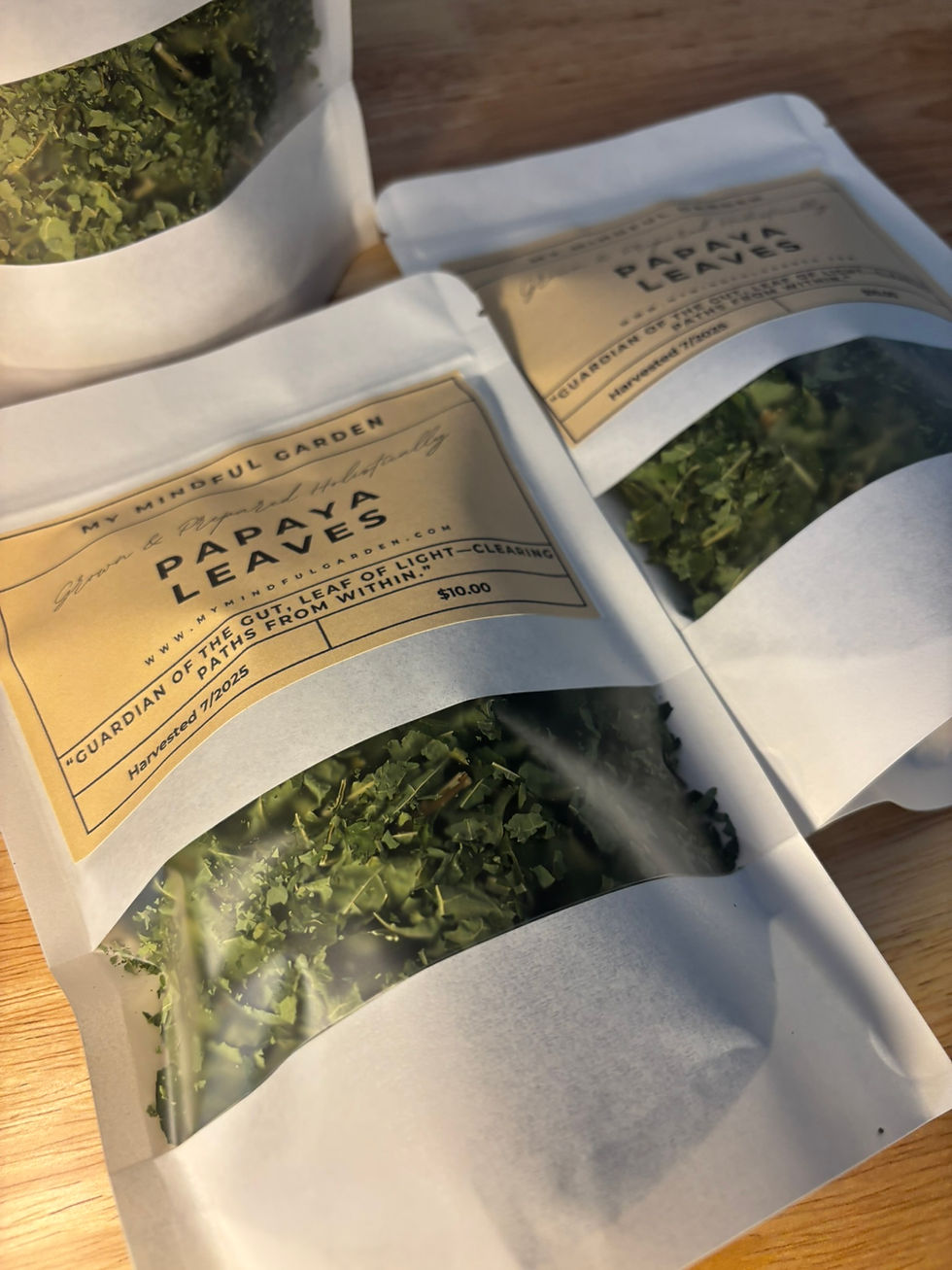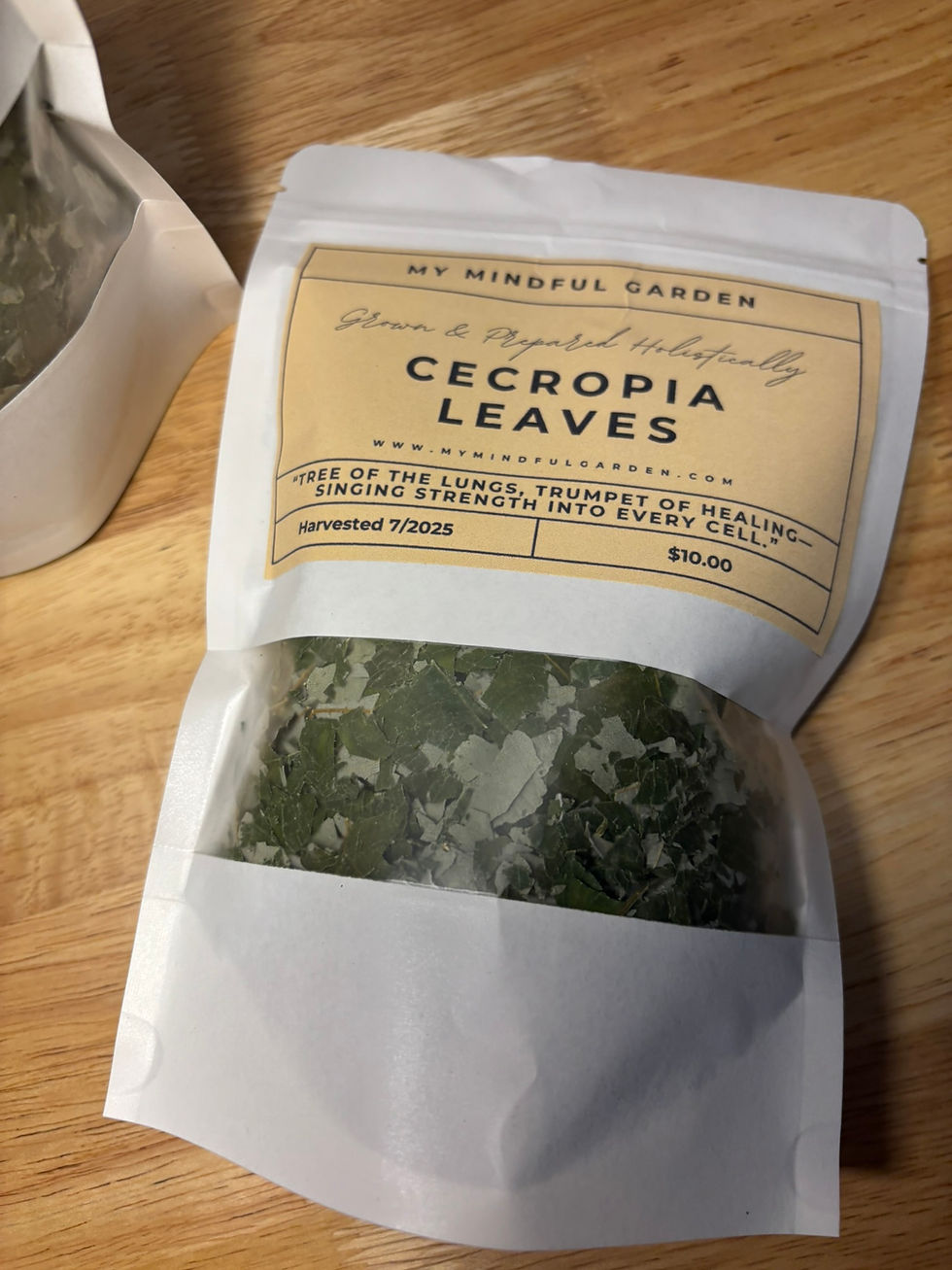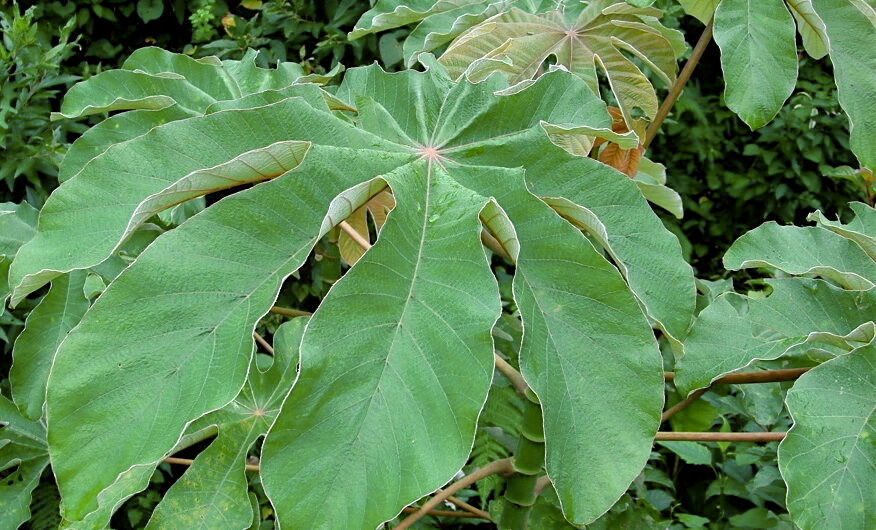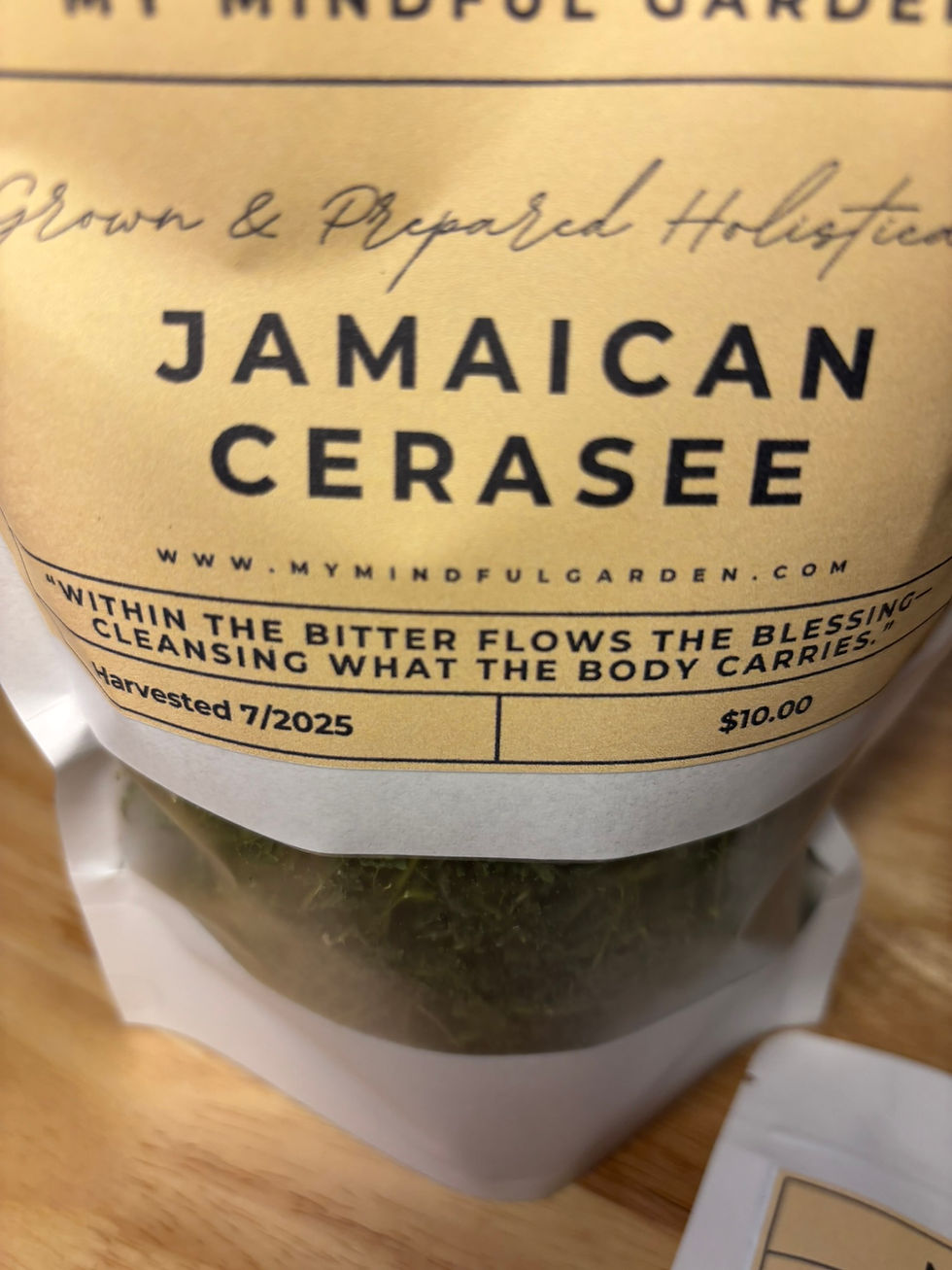Watermelon Growth Digital Tracker
🍉 Watermelon Growing Tracker – Product Description
The Watermelon Growing Tracker by My Mindful Garden is a printable and fillable journal page designed to guide you from seed to harvest with clarity and intention.
Whether you’re a first-time grower or a seasoned gardener, this tracker helps you stay organized while tuning into your plant's unique rhythm. From germination to transplanting, watering, pollination, and harvest — every step is tracked with love.
Our intention is to provide you with more than just a chart — this is a spiritual and practical tool. Rooted in ancestral wisdom and food forest principles, the tracker supports your success in growing vibrant, sweet watermelon while deepening your connection with nature.
Let this guide be your reminder that each fruit is a blessing, and every step you take toward growing your own food is an act of self-love.
Growing Tips
1. When to Transplant Watermelon Seedlings
Transplant when the seedling has:
-
At least 2–3 true leaves (not just the baby cotyledons),
-
A healthy root system that holds together the soil when lifted from the pot,
-
A sturdy stem, not leggy or floppy.
🔁 Timeline: Usually 2.5–3 weeks after germination, depending on light and temperature. Harden them off for a few days before transplanting by exposing them to outdoor conditions gradually.
2. Sunlight Requirements
🌞 Full Sun. No compromise.
-
Watermelons crave heat and sunlight—minimum 6 hours, ideally 8–10 hours of direct sun daily.
-
Plant in an open, well-drained space where the vines can sprawl and soak up all that light.
3. Soil Amending Strategy
You're on the right track with your instincts—let’s tighten it up:
💪 Best Soil Mix (per plant mound or row):
-
1 part native soil (microbial familiarity + drainage),
-
1 part rich compost or organic soil,
-
A handful of well-aged chicken manure (hot, so don’t overdo),
-
A small scoop of cow manure (gentler, good structure),
-
1 tablespoon blood meal (nitrogen kickstart),
-
Optional: a pinch of bone meal (for early root & flower support),
-
Optional: azomite or rock dust (for micronutrients),
-
Optional: mycorrhizae inoculant if available (root symbiosis magic).
💡 Tip: Form a mound or raised row to improve drainage and warm the soil faster.
4. Should You Mulch?
Absolutely yes. Here's why:
🌿 Mulch helps with:
-
Moisture retention (crucial in Florida heat),
-
Weed suppression,
-
Cooler root zone (despite the sun, watermelon roots prefer not to roast),
-
Fungal & pest barrier.
✅ Use straw, dried grass, shredded sugarcane, or semi-composted leaves. Keep mulch a few inches away from the seedling base to prevent rot.
5. Watering Schedule
This is critical in Florida's sun:
💧 General Rule:
-
Water deeply 1–2 times a week, ensuring soil stays moist down to 6–8 inches.
-
During flowering and fruiting, increase to 2–3 times a week, depending on rain and heat.
-
Water early in the morning so leaves dry out before night (reduces fungal risks).
💦 Pro tip: Water at the base only, not over the leaves. Once fruit sets, slightly reduce watering so the sugars concentrate better in the fruit.
🌱 Extra Tips for Watermelon Success
-
Spacing: Give them 4–6 feet between plants if letting vines run. Tighter spacing = smaller fruit and more pest problems.
-
Pollination: Encourage bees! You can also hand-pollinate by dabbing male flowers into female ones early in the morning.
-
Pest watch: Look out for aphids, squash vine borers, cucumber beetles. Neem oil, beneficial insects, and diatomaceous earth can help organically.
-
Pruning (optional): Some folks prune side vines for bigger fruit, but this is more critical for smaller spaces. Let nature do her thing unless space is tight.
-




